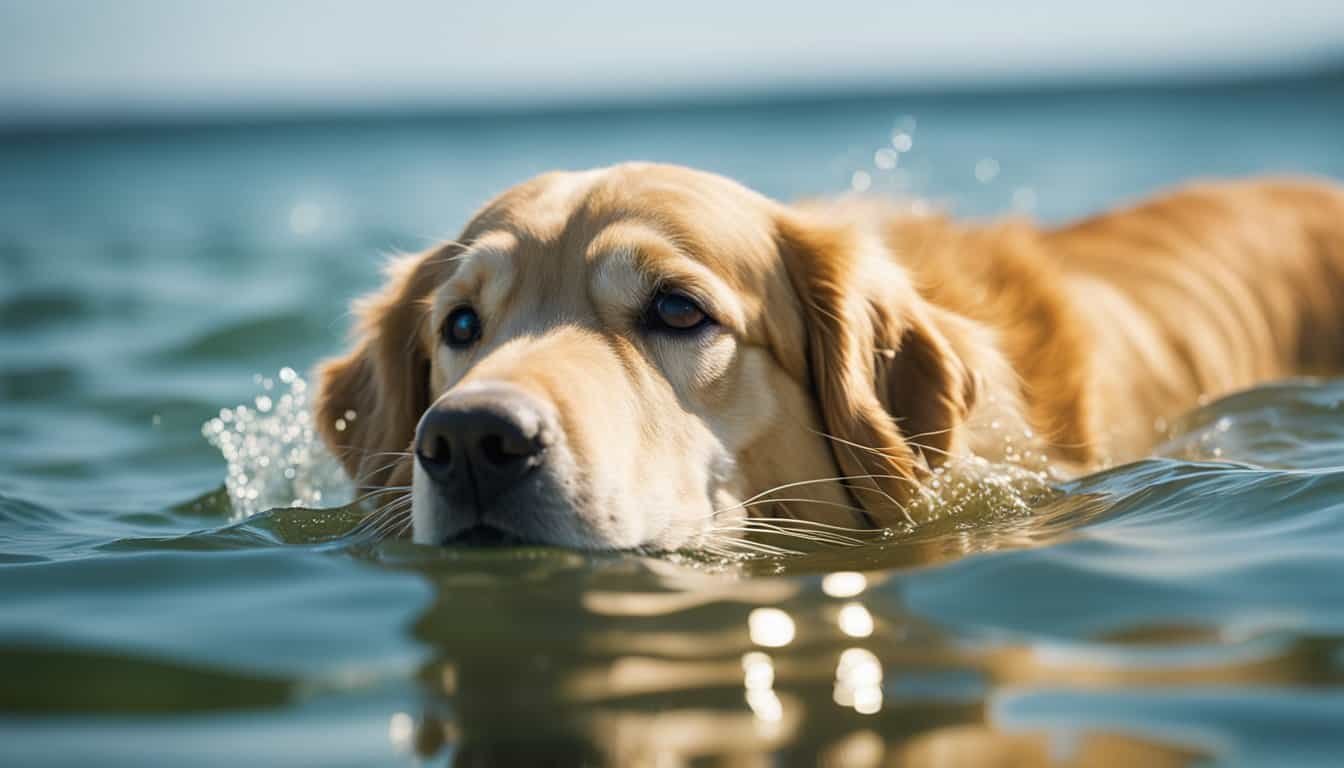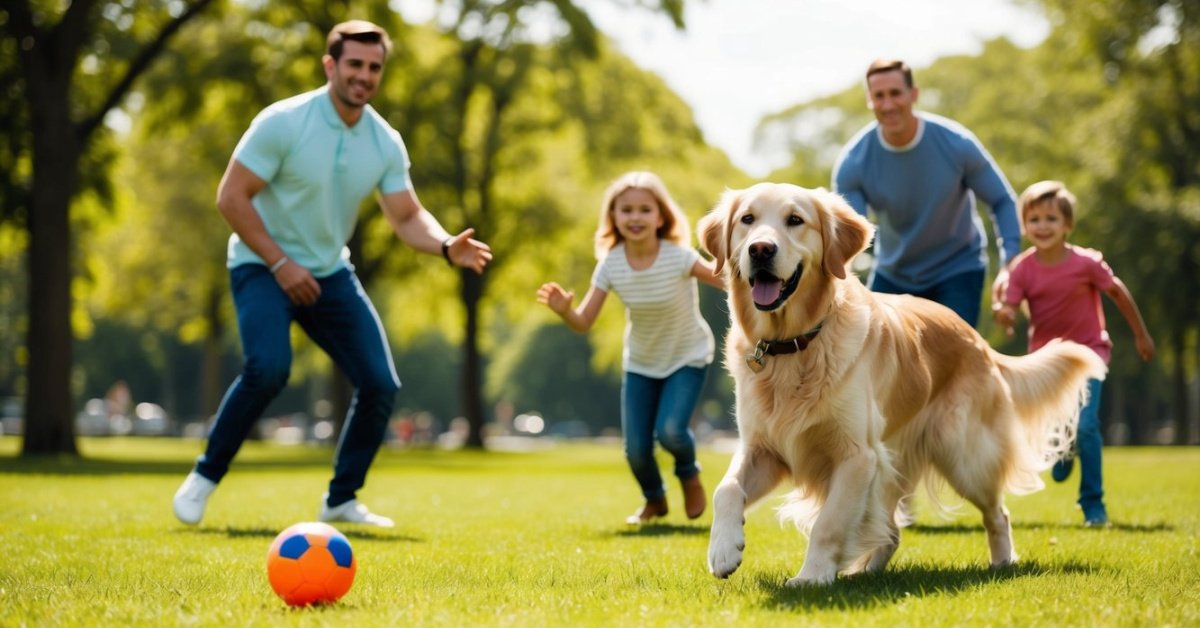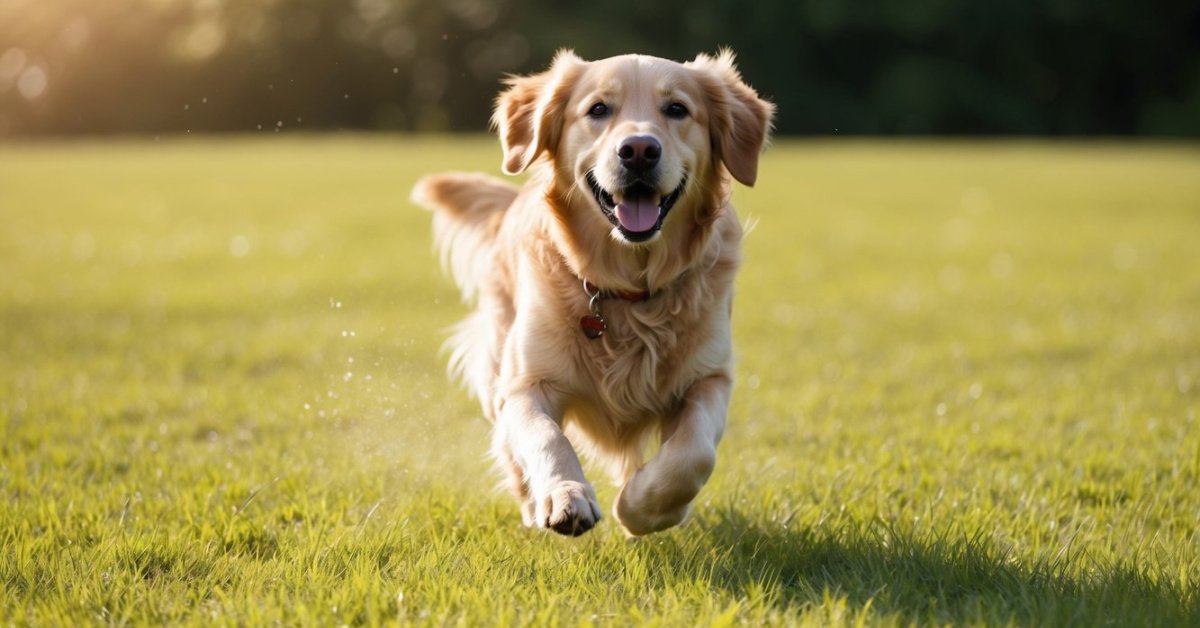If you have noticed your dog’s fur change color, you might wonder if that is normal. Dogs are some of the most varied animals on the planet regarding hair color. Some dogs have very light fur, while others have very dark fur. And then there are all those interesting patterns and markings make each dog unique. But can a dog’s hair color change over time? Can different environmental factors or diets affect a dog’s hair color?
Like humans, dogs can experience a change in hair color as they age. While some dogs will keep their youthful look for their entire lives, others will gradually change hair color as they mature. There are several other reasons why a dog’s hair change colors. In this article, we will take a closer look at these reasons.
Reasons Why Does Dogs Hair Color Change
Process of Maturing
As your dog matures, you may notice that their hair changes color. This is perfectly normal and nothing to worry about! While the exact reason for this change is unknown, it is likely due to a combination of factors, including hormonal changes and breed genetics. So, if you notice your dog’s hair starting to look different, don’t panic – it’s just part of the aging process!
One thing to keep in mind is that, while maturing may cause your dog’s hair to change color, it will not affect the quality or health of their coat. So, there’s no need to worry about your pup’s coat becoming less healthy as they age – it will still be just as soft and shiny as ever!
Seasons
It’s no secret that seasons can affect our hair color. For example, due to increased sun exposure, many people find that their hair is lighter in the summer months. But what about our canine friends? Can the seasons really affect a dog’s coat color?
As it turns out, the answer is yes! Just like human hair, a dog’s coat can lighten or darken depending on the time of year. This is most commonly seen in dogs with black or brown fur, as these colors are most susceptible to changes in lighting conditions.
So, if you’re wondering why your dog’s coat looks a bit different than it did last season, chances are it’s because of the weather!
Grooming
There are several factors that can affect a dog’s hair color, including grooming. Grooming can cause a dog’s hair to lighten or darken, depending on how often it is done and the type of products used. For example, if you regularly brush your dog’s coat with a wire brush, this can strip away some of the natural oils that protect the hair shaft and make it appear lighter in color.
On the other hand, if you use a lot of conditioners when you groom your dog, this can build up on the hair shaft and make it appear darker. Ultimately, how much grooming affects your dog’s hair color will depend on your individual pet’s coat type and coloring.
Hormonal Imbalance
Hormonal imbalance can have many different effects on a dog’s hair coat, one of which may be a color change. While the most common cause of hair color changes is simply aging or sunlight exposure, hormonal imbalances can also lead to odd coloring in a dog’s coat. If you notice your dog’s hair coat changing in color or pattern, it’s important to talk to your veterinarian to rule out any underlying health conditions.
Changes in coat color due to hormonal imbalances are typically not harmful to your dog, but they can be unsightly. If your dog’s coat changes suddenly and drastically, this may indicate a more serious underlying health condition, and you should seek veterinary care immediately.
Loss of Pigmentation
Loss of pigmentation is a condition that can cause the color of a dog’s hair to change. The condition is caused by the loss of pigment cells in the hair follicle. This can happen for many reasons, including stress, illness, or injury. When these pigment cells are lost, the hair will lose its color and may become lighter or even white. In some cases, the hair may also become thinner and more brittle.
Loss of pigmentation is not dangerous, but it can be cosmetically troubling for some dogs and their owners. If your dog’s hair changes color, talk to your veterinarian about possible causes and treatment options.
Nutritional Deficiencies
A lack of copper is one of the most common nutrient deficiencies that can cause a dog’s hair to change color. Copper is essential for the production of melanin, which gives color to the hair. Without enough copper, the hair will gradually lose its pigment and become lighter in color.

Biotin is another nutrient deficiency that can lead to hair color changes in dogs. Biotin is a water-soluble vitamin that helps the body metabolize fats and proteins. It also plays a vital role in the health of the skin and nails. Insufficient biotin can cause the hair to become brittle and may even lead to hair loss.
If you notice that your dog’s hair is starting to change color, it’s essential to take them to the vet for a check-up. They will be able to rule out any underlying medical conditions and determine if a nutritional deficiency is a cause. If so, they will be able to recommend a course of treatment that will correct the deficiency and help restore your dog’s normal hair color.
Our Final Thoughts
If you were wondering can dogs’ hair color changes, now you know that there are several reasons for it. The most common reason is due to their age and maturity. Puppies are often born with darker coats that lighten as they age. You may also notice your dog’s coat changing color if they spend more time outdoors in the sun. Seasonal changes can also affect a dog’s coat, causing it to appear lighter or darker at different times of the year. Not all reasons are to worry about, but if the change of color is combined with other symptoms such as hair loss or dull coat, you should consult a vet.











